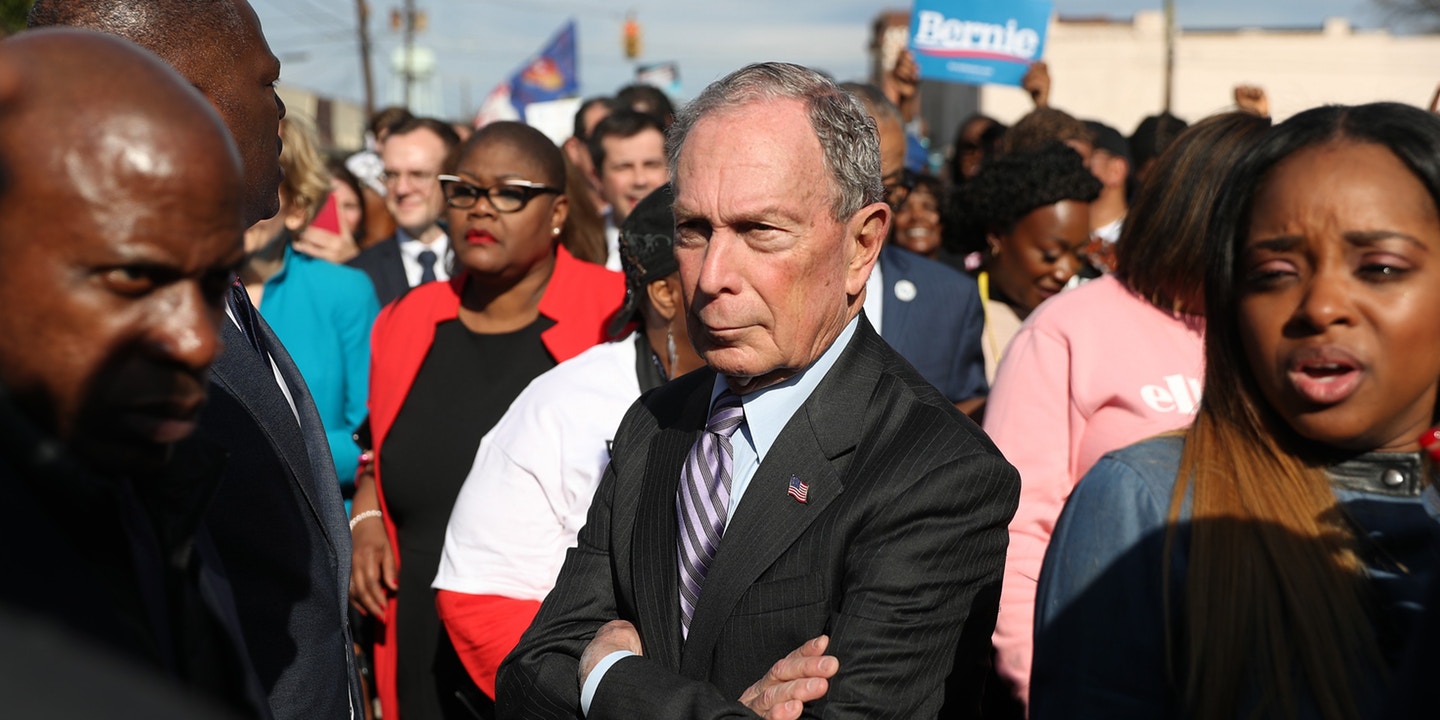
MICHAEL BLOOMBERG did not want to be in Selma on Sunday. When the Rev. Leodis Strong invited him to participate in the 55th anniversary of the 1965 civil rights march known as “Bloody Sunday,” the former mayor at first declined, saying that he was too busy running for president. A week later, he changed his mind — or had it changed for him — and decided that attending the historic Brown Chapel the Sunday before Super Tuesday and crossing the Edmund Pettus Bridge with ailing congressman and civil rights icon John Lewis wasn’t a distraction from his campaign, but an important piece of it.
Bloomberg’s instinct to stay away was understandable. He had already spent an unprecedented amount of money in a bid for Alabama’s 52 pledged delegates and was about to pull off an impressive political trick: the rapid financial orchestration of a strong position in the state’s minority-majority primary, including a main office facing a statue of Rosa Parks, without having drawn any local attention to his legacy as the mayor responsible for stop-and-frisk policing. Being invited onto the most hallowed ground of the civil rights movement on its most hallowed day on the eve of this achievement may have felt like a trap. Accepting and rejecting the invitation both risked highlighting the nettlesome legacy that he needs black voters — who made up 54 percent of the 2016 Alabama Democratic primary — to forget.










